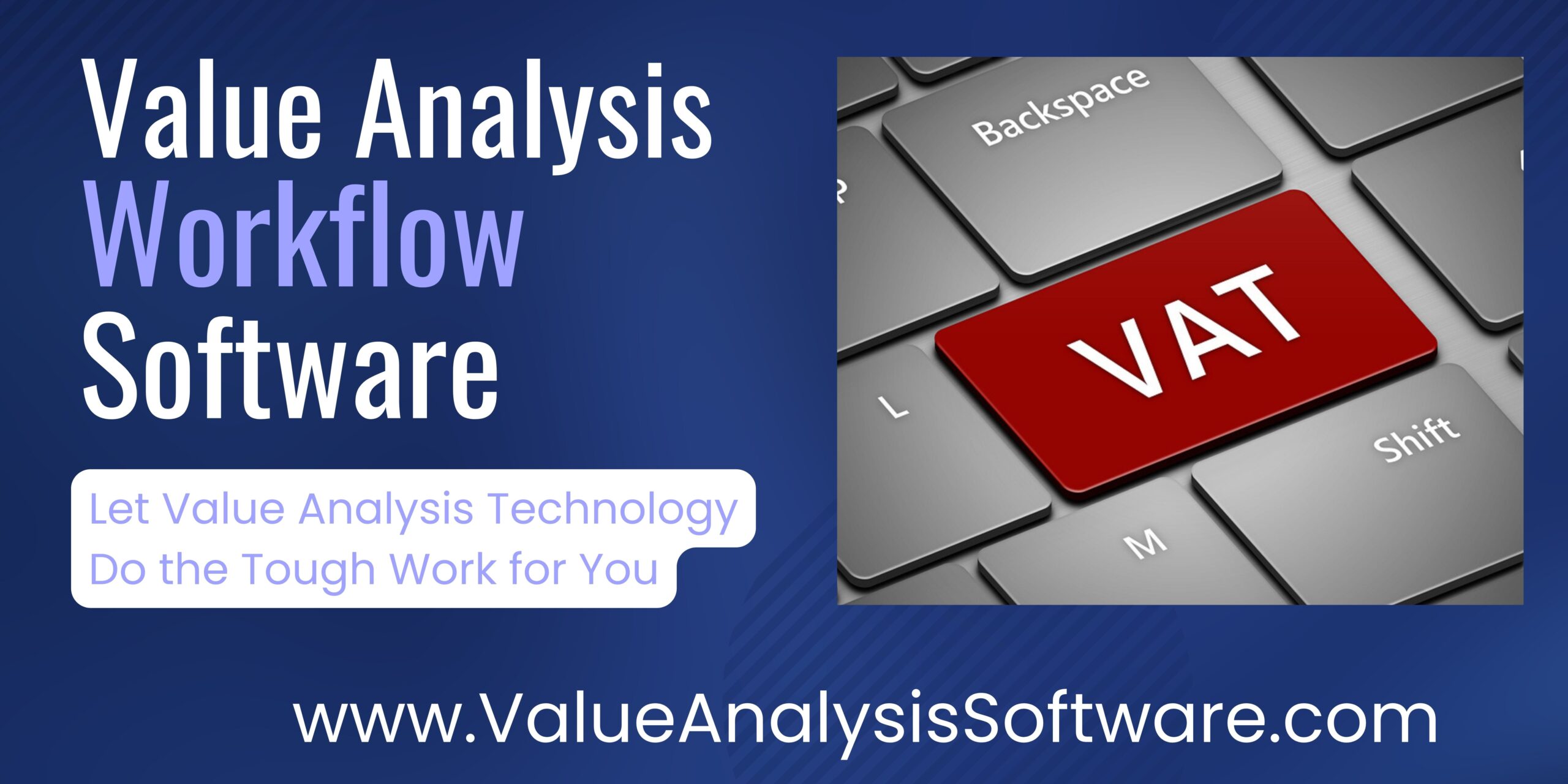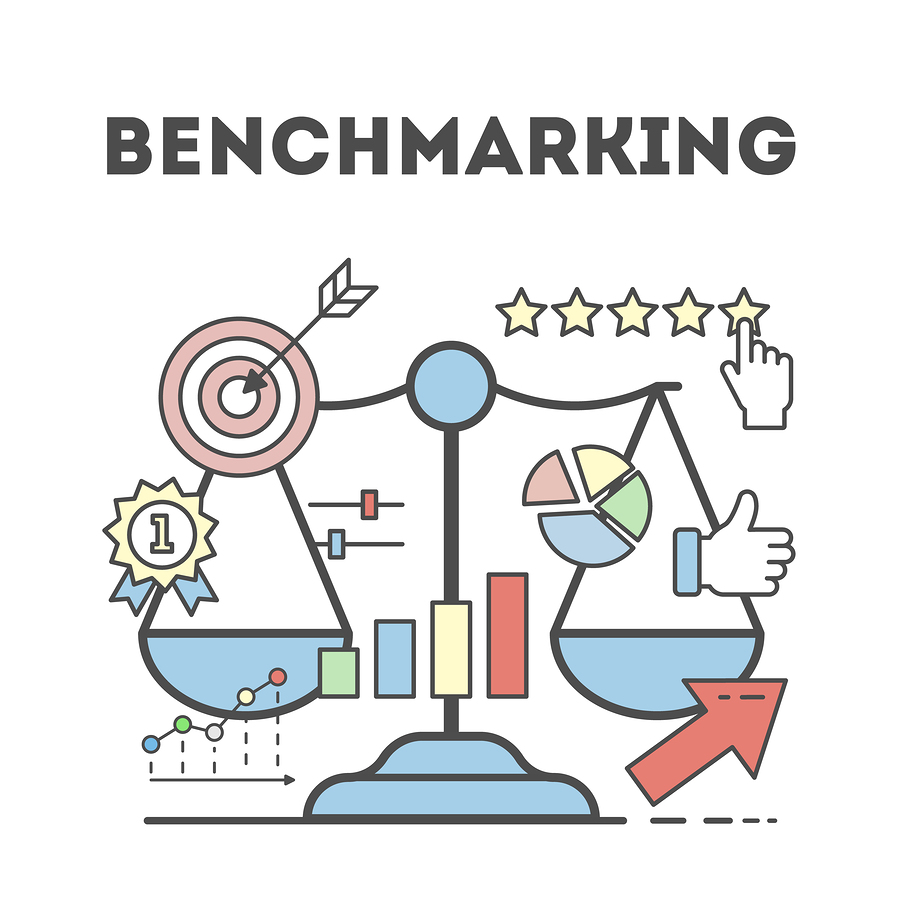Maintaining best practice levels in supply categories in the complex healthcare landscape is crucial for delivering high-quality patient care while optimizing costs. To this end, value analysis is pivotal in ensuring that the supplies used in your facility are both cost-effective and in alignment with best practices. Here’s how you can determine which supply categories meet best practice standards and which need improvement.
The first step in evaluating supply categories is to gather and analyze data. This data-driven assessment is important in objectively determining each supply category’s efficiency, cost-effectiveness, and clinical impact. There are a few ways to accomplish this evaluation. Benchmarking compares your facility’s supply usage and costs against industry standards and peer institutions. Use national databases and benchmarking tools to identify where your facility stands. A utilization review serves to analyze usage patterns to identify variations and outliers. Look for trends in supply usage that may indicate inefficiencies or overuse. Finally, a cost analysis can determine the total cost of ownership for each supply category, including acquisition, maintenance, and disposal costs.
Once the data points are gathered, the next step is correlating accompanying clinical outcomes. Each supply category should contribute to positive clinical outcomes. Begin by evaluating available outcome metrics associated with specific supply categories such as CAUTI (catheter-associated urinary tract infection) rates, CRBSI (catheter-related bloodstream infection) rates, SSI (surgical site infection) rates, etc. Quality and/or Risk Management will be able to provide these data points if access to this information is an issue. When a metric is outside of the expected outcomes, perform a complete product tracer from patient admission to discharge. Review all associated products, practices, education, order sets, clinical pathways, and clinical staff touchpoints. Ensure each of these steps is supported by clinical evidence and guidelines. Use internal resources and guidelines from professional organizations to validate efficacy.
Armed with category and outcome data, stakeholder engagement is next. Gather feedback from clinicians, including doctors, nurses, and other healthcare professionals who use the supplies daily. Their insights are invaluable in assessing the practical efficacy and usability of the products. Address any educational needs with ongoing education and training for staff on the latest best practices and supply usage guidelines. Work with supply chain to understand each supply category’s logistics, availability, and industry partner performance. If you are not discussing quality and outcomes as part of your QBRs (quarterly business reviews), ensure these topics are on the agenda to ensure they meet their contractual obligations and deliver high-quality products. Consider patient feedback and experiences, especially for supplies that directly impact patient care and comfort.
Finally, value analysis professionals must perform their due diligence in ensuring that each product (even technologies and services) maintains regulatory compliance and standards. Verify that supplies have necessary certifications and comply with regulations from bodies such as the FDA, ISO, or other relevant authorities. Verify for adherence to safety and quality standards, such as ANSI/AAMI or ASTM.
Determining which supply categories are at best practice levels and which are not requires a multifaceted approach. By leveraging data, correlating clinical outcomes, engaging stakeholders, and ensuring regulatory compliance, value analysis teams can ensure that clinical supplies are both cost-effective and aligned with the highest standards of patient care. Diligence in these areas is key to maintaining a high-performing, patient-centered, and fiscally responsible healthcare environment.
Article by:
Anne Marie Orlando, RN, MBA, RCIS, CVAHP, Senior Director, Clinical Programs at Blue.Point Supply Chain Solutions; Treasurer, Association of Healthcare Value Analysis Professionals
Anne Marie has been a critical care nurse for over 19 years with a leadership foundation in the Interventional Cardiology and Interventional Radiology space. During her supply chain tenure, Anne Marie held a dual role of Supply Chain and Clinical Resource Director where she operationalized many clinical initiatives while maintaining fiscal accountability. At the GPO level, Anne Marie served as the Director of Clinical Services for Yankee Alliance supporting member value analysis teams and their work with clinical utilization. Anne Marie is currently the Senior Director, Clinical Programs for Blue.Point Supply Chain Solutions supporting value analysis teams in the use of the Blue.Point platform focusing on aligning product utilization and standardization with evidence-based practice.
Articles you may like:
Placing the Focus on Clinical and Functional Requirements Instead of Pricing





